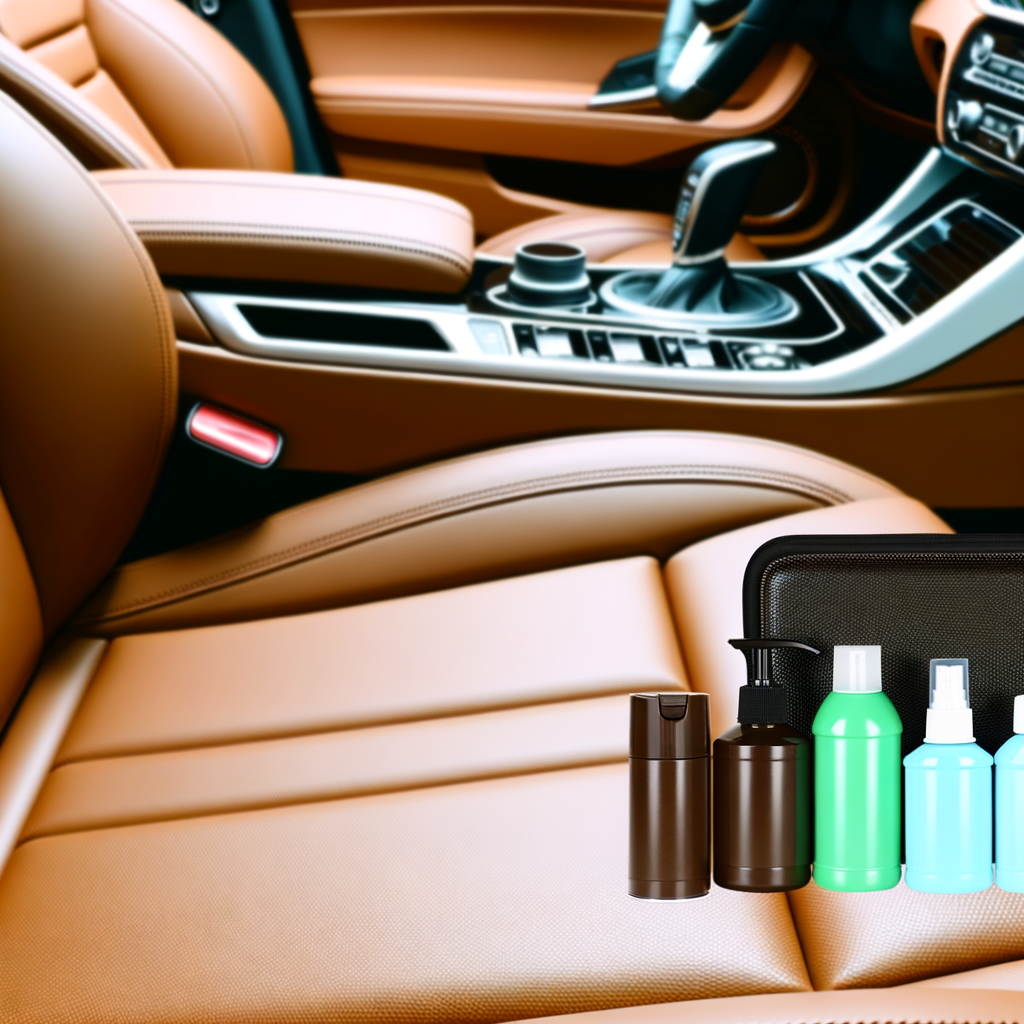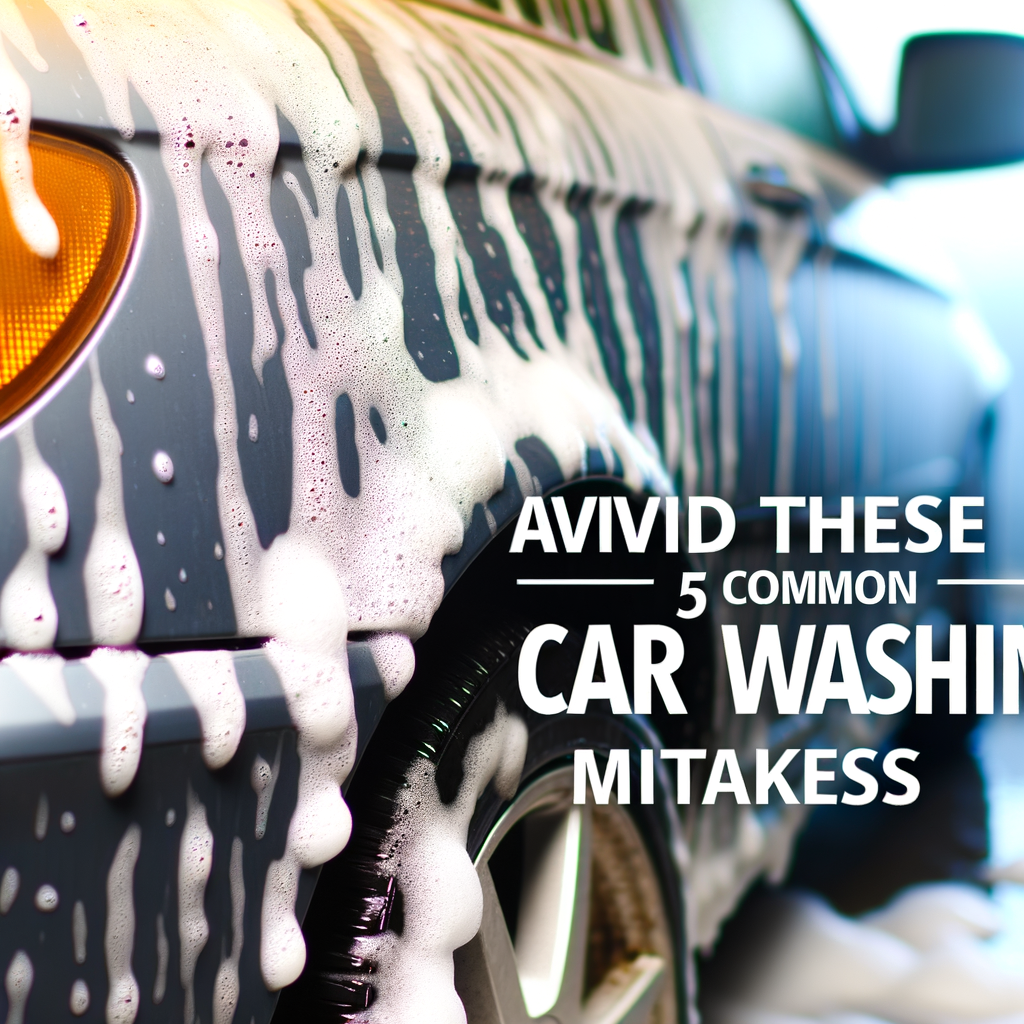Ultimate Leather Care Guide: Expert Tips for Maintaining Your Car’s Interior
Introduction
When it comes to maintaining your car’s interior, leather care is essential for keeping the seats and other surfaces looking like new. Proper care not only extends the life of your leather but also enhances the overall aesthetic of your vehicle. In this article, we will cover the key essentials of leather care, providing you with expert tips and tricks to maintain your car’s interior like a pro.
The Importance of Leather Care
Leather is a luxurious material that adds elegance and style to any car interior. However, without proper maintenance, it can quickly deteriorate and lose its luster. Regular cleaning and conditioning are crucial to prevent the leather from drying out, cracking, or fading. By investing time and effort in leather care, you can protect your car’s interior investment and ensure it remains in top condition for years to come.
Choosing the Right Products
When it comes to leather care, not all products are created equal. It’s essential to choose high-quality cleaners and conditioners specifically designed for automotive leather. Avoid using harsh chemicals or household cleaners, as they can damage the leather and strip away its natural oils. Opt for gentle, pH-balanced products that will effectively clean the leather without causing any harm. Additionally, be sure to read the manufacturer’s instructions and test any new product on a small, inconspicuous area before applying it to the entire surface.
Proper Cleaning Techniques
Before applying any cleaner, it’s essential to remove dirt and debris from the leather surface. Use a soft-bristled brush or a microfiber cloth to gently brush away any dust or dirt particles. Next, apply a small amount of leather cleaner to a clean cloth and gently scrub the leather in a circular motion. Avoid using excessive pressure, as this can damage the leather. Once the leather is clean, wipe away any excess cleaner with a dry cloth and allow the surface to dry completely before applying a conditioner.
Regular Maintenance Tips
- Protect from the sun: UV rays can damage leather, causing it to fade and crack. Park your car in shaded areas or use a sunshade to protect the interior.
- Condition regularly: Leather loses moisture over time, so it’s essential to condition it every few months to restore its suppleness and prevent cracking.
- Avoid spills: Clean up spills immediately to prevent stains and damage to the leather. Use a clean cloth to blot the spill and avoid rubbing, which can spread the liquid and cause further damage.
Conclusion
In conclusion, maintaining your car’s interior like a pro requires regular care and attention, especially when it comes to leather surfaces. By following the tips and techniques outlined in this article, you can preserve the beauty and integrity of your leather interior for years to come. Remember to invest in high-quality products, use gentle cleaning techniques, and stay proactive with regular maintenance to keep your car looking its best. With a little effort and dedication, you can enjoy a luxurious and well-maintained interior that will impress passengers and retain its value over time.


